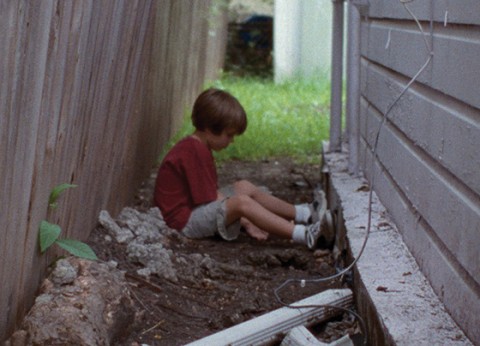Experiments in time

Even if you haven’t seen Boyhood, you’ve probably heard of it. Richard Linklater’s movie has received a lot of attention because of its unique structure: he filmed it by following his actors—the central one, a child—for a few days each year for 12 years. The premise is simple: a child grows up. The result is a startling realism.
The camera follows Mason (Ellar Coltrane) from ages six to 18 through all the graces and trials of a white, middle-class American life. Other films have dealt with coming of age, child-parent relationships, even with the passage of time. But no other film has taken the time—literally—to record time’s passage in every frame.
In one scene Mason talks to his father about girls. His face is softened by the last traces of baby fat. In the next scene he strips off his shirt to reveal the lean, lanky outline of early adolescence. Whatever Linklater is saying about his characters is said in small, sometimes subtle transformations. We see how tenuous and yet unrelenting the process of growing up is. There are no big speeches or heavy-handed themes in the film—just the unfolding of a particular life in a particular body, a particular story. Linklater breaks new ground because he and his actors commit themselves to telling this story by writing the script as they go from year to year.




